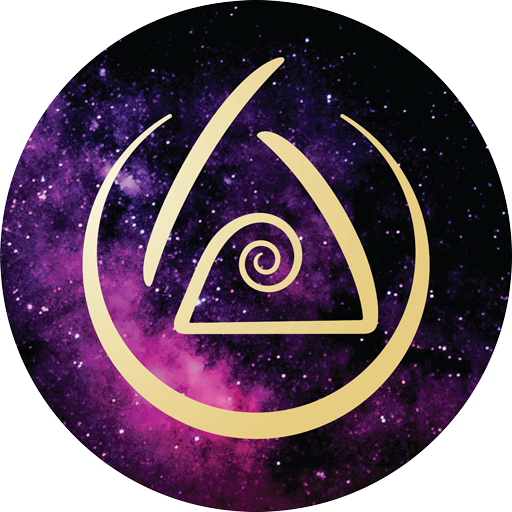Today, we will explore Jason’s favorite breathwork practice, and how it differs from other forms of controlled breathing. We hope this supports you in unlocking your highest potential ✨
“My 2nd favorite practice of all time would probably be Passive Breath, which is very different than what the world traditionally uses.” - Jason Estes
The Breath-Brain Connection
👂 Our ears have 2 functions: they help us hear, and they help us balance
💨 Our breath has 2 functions as well: it brings us air, and it regulates our nervous system (source)
🥵 Short breaths activate our sympathetic nervous system, releasing chemicals that make us feel stressed, anxious, and alert (source)
😴 Deep breaths activate our parasympathetic nervous system, releasing chemicals that make us feel calm, relaxed and safe (source)
🕹️ This means we can control whether we feel stressed or relaxed — alert or safe — by controlling the speed of our breath
“The fastest way to change your physiological state is through the breath.” — Andrew Huberman, PhD Neuroscientist at Stanford

4 Breaths with Different Effects
Outside of short breaths and deep breaths, there are many other breathing patterns that can do different things for our brain and body. Here are 4 choices to consider:
🤍 Box breathing (link) is a technique that can support mental clarity. It involves inhaling for 4 seconds — holding for 4 seconds — exhaling for 4 seconds — then holding for 4 seconds. It gets its name because the breath is even on all sides (like a box)!
💤 4-7-8 breathing (link) is known as a "natural tranquilizer for the nervous system”, and is often used to support deep sleep. This technique involves inhaling for 4 seconds — holding for 7 seconds — and exhaling for 8 seconds. The long inhales and exhales help us slow down
⚡ Holotropic breathing (link) can promote “emotional catharsis” — a powerful energetic release — and is often accompanied by a facilitator. This technique involves breathing at an accelerated rate to achieve altered states of consciousness and activate past memories.
😌 The Psychological Sigh is considered one of the fastest paths to stress reduction. This pattern involves 2 sharp inhales through the nose — followed by an audible exhale through the mouth — which helps to release built-up C02 from the lungs.
Passive Breath: Breathwork for the Soul
✨ The breathing patterns above are all choices that you can explore as you feel guided
✨ Another choice is the passive breath
✨ Jason noticed that most breathing techniques involve the brain telling the body to breathe in a certain way — consciously calculating when to inhale and when to exhale
✨ So he asked “Why are we forcing things? what would happen if we just relaxed?”
✨ This is what inspired Jason to write Passive Breath — the practice of breathing without force
“I saw all these breathing practices that were forcing the body to do things. I thought ‘What would happen if I just relaxed?’ And that’s when I wrote passive breath — I wanted to create more of a passive thing instead of a forceful thing.”
How to Practice Passive Breath
✨ Passive Breath involves breathing in and out as slowwwwly as we possibly can
✨ Jason recommends we inhale through the nose and exhale through pursed lips
✨ Rather than counting the specific length of each breathe, this practice encourages us to connect with the breathing pattern that feels most right within the body
✨ This creates space for us to move beyond our analytical mind and connect with our divinity
✨ We invite you to explore the essence of passive breath using the graphic below:

Keep Exploring
All of this information was pulled from our weekly newsletter, used by 700+ people to discover science-backed ways to supercharge their wellbeing. Each newsletter is less than 5 minutes, and you can subscribe using the link on our learn page 💜


